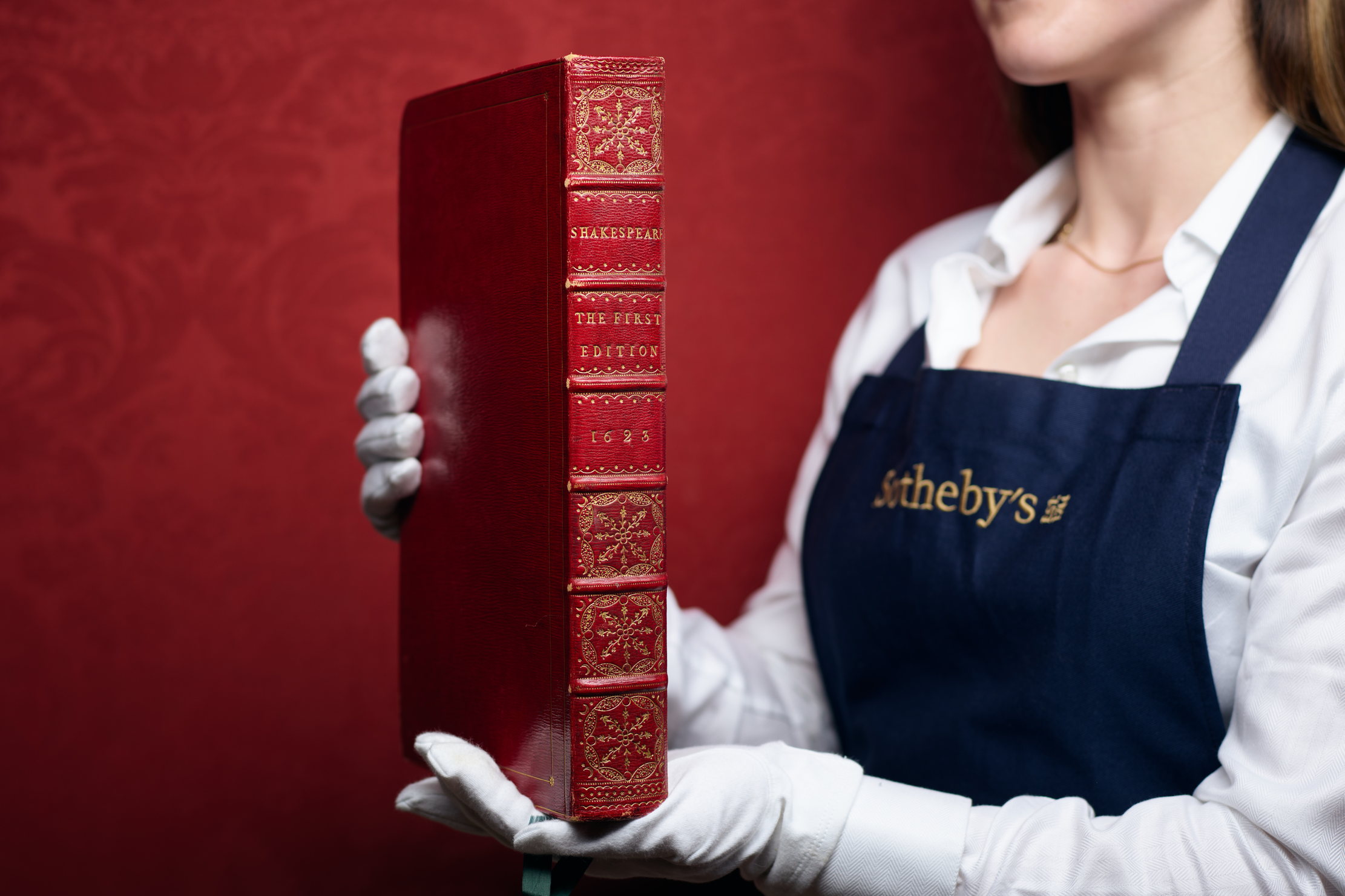Top common problems in listed buildings
What are the most common problems surveyors come across in listed buildings and how can you prevent them?

Damp
The most serious issue in old houses could be summed up in one word - damp, although this is not the only problem of course. It is the enemy of most buildings, and we see it a lot whilst on survey. However a good roof, sound walls and well ventilated timber floors will go a long way to keeping most houses in good order and these should be regularly checked.
Roofs should always be watertight. Felt or modern breathable underlays are sometimes insisted upon by Building Societies, though often they are not necessary. They should be resisted particularly in listed buildings. It is much more important to ensure that roof slates do not have nail failure, wooden pegs on stone slates are still present and not altogether worm eaten, the lead is sound and not leaking and handmade clay tiles, although they look may uneven, are still doing their job satisfactorily. Uniformity does not often exist in old buildings and its absence is not a defect but part of the character.
Gutters should work where present. If the house is thatched ensure it has a drip zone - an area of gravel or garden rather than hard pavings immediately under the thatch so that the water does not splash back up onto the property.
Damp and timber
Beware the specialists peddling treatments! Silicone Injection is known not to work in old stone walls. Some even say there is no such thing as rising damp, many say that the treatments don't work and are only effective because of dense waterproof cement render that comes with the replacement of existing plaster, often to the detriment of the breathability of the structure. My opinion is that these systems are often unnecessary and are contrary to the principle of breathability of stone and brick walls built with lime. Unfortunately we are too late for so many houses. If yours is one of the fortunate ones not to have had the interior plaster replaced, keep the old lime plaster.
Often it is not advisable to have decorative wallpapers on ground floors that are slightly damp but there are so many breathable paint systems available now that colours are no longer so limited. Distemper or lime wash don't have be the only finish.
Sign up for the Country Life Newsletter
Exquisite houses, the beauty of Nature, and how to get the most from your life, straight to your inbox.
There were no effective damp proof courses before about 1850 and many houses pre-1919 did not have them. When I carry out a survey I am looking for timber ground floors that are well above ground level and have adequate ventilation. Lime mortar and breathable finishes all contribute to giving a satisfactory internal condition where there are not damp proof courses. Ventliation
Chimneys and wood burning stoves are very popular. They burn at high temperatures so it is important that the flue is lined. If the property is thatched, is the flue insulated or ventilated? Many old flues are interconnected and fumes can find their way into other rooms. Is the brick or stonework sound and well pointed? Is it stable?
Walls in old buildings are either timber-framed or solid. It has been said that if you live in a timber-framed building and the frame is exposed both inside and out it will leak, and this is generally the case. Are the infill panels between the timber sound? At a recent survey, two of the upper brick panels could be rocked backwards and forwards within the box frame. Whilst decorating my own house I cleared up cobwebs below a cross beam and was able to see outside through a 10mm gap. No wonder it was draughty! Out came the lime coarse stuff and a pointing tool and it was soon filled in.
Stone and brick walls should be well pointed in lime mortar - not cement. Soft pointing is not necessarily indicative of a defect, and besides, how boring it is to have uniform new pointing everywhere! Keep as much of the old as possible, it is part of the history of the house and it should still last for many years to come.
Lime washing
So many stone cottages I see still have signs of old lime washing under the eaves to the exposed stonework. This was never intended to be exposed in the way that it is now. It is a product of 19th and early 20th century fashion. I have recently had consent to lime wash a Grade II* house to protect the external walls and coincidentally saved a client many tens of thousands of pounds on expensive stonework repairs. Yes it looks different but it looks as it was originally intended to. Electricity
Modern services are a very important part of old houses. Good electrical wiring is essential as is ensuring that it is up to date, compliant with at least the 16th Edition and preferably the recent 17th Edition of the Institute of Electrical Engineers, (I.E.E), regulations and that it is regularly checked by an electrician at least every five years. This is often an insurance condition, certainly in thatched houses and is becoming more so for all types of homes.
Central heating
Central heating is a fact of life these days but old houses often do not like to be hermetically sealed with high internal air temperatures: some air movements are needed. Insulation standards cannot often be achieved in older buildings to modern building regulation standards, but there are many things which can be done to ensure that standards are brought up to a better level without damaging the character or appearance of the building.
Not so common problems encountered when surveying a listed property...
I can remember one instance when I had to force open a ceiling hatch to gain access to the roof space and was rapidly confronted with enough guano to start a fertilizer factory. A rapid retreat was made and considerable expense was forked out to clear up the mess.
As mentioned, roofs are often a source of long standing problems. Having met a purchaser at the start of a recent survey - not usually a good idea as I've nothing much to say at that stage -I was asked about roof insulation so up I went to have a look only to discover that the two principle king post roof trusses in the main roof were completely broken across the main tie beam and substantial repairs were necessary. It was not a popular discovery but at least the roof hadn't collapsed - yet!
On another occasion in a rather lovely house the owner dried her washing over the hot water cylinder in a ground floor storeroom and all the coat hangers were hung on the water supply pipes. This was not an unusual occurrence and the clothes dried nice and quickly. However, the pipes were all covered in highly fibrous blue asbestos lagging which was flaking and falling over the dried washing. One fibre is enough to cause asbestosis so that all had to go double quick! You never know what you might find on this job...
Martin Hall, FRICS, IHBC, PG Dip Conservation of Historic Buildings, RICS Accredited Building Conservation is a Chartered Building Surveyor at Hall & Ensom in Oxfordshire. His practice covers the Cotswolds, Thames Valley and Southern England. He has over 30 years experience of surveying and the design & supervision of repairs and alteration works to a range of listed properties.
Read Martin's first article for Countrylife.co.uk on a beginner's guide to surveying.
Country Life is unlike any other magazine: the only glossy weekly on the newsstand and the only magazine that has been guest-edited by HRH The King not once, but twice. It is a celebration of modern rural life and all its diverse joys and pleasures — that was first published in Queen Victoria's Diamond Jubilee year. Our eclectic mixture of witty and informative content — from the most up-to-date property news and commentary and a coveted glimpse inside some of the UK's best houses and gardens, to gardening, the arts and interior design, written by experts in their field — still cannot be found in print or online, anywhere else.
-
 Folio, Folio, wherefore art thou Folio? Shakespeare set to be auctioned by Sotheby's
Folio, Folio, wherefore art thou Folio? Shakespeare set to be auctioned by Sotheby'sFour Folios will be auctioned in London on May 23, with an estimate of £3.5–£4.5 million for 'the most significant publication in the history of English literature'.
By Lotte Brundle Published
-
 Damon Hill's former home in Marbella is the perfect place to slow down
Damon Hill's former home in Marbella is the perfect place to slow downThe glorious Andalusian-style villa is found within the Lomas de Marbella Club and just a short walk from the beach.
By James Fisher Published
